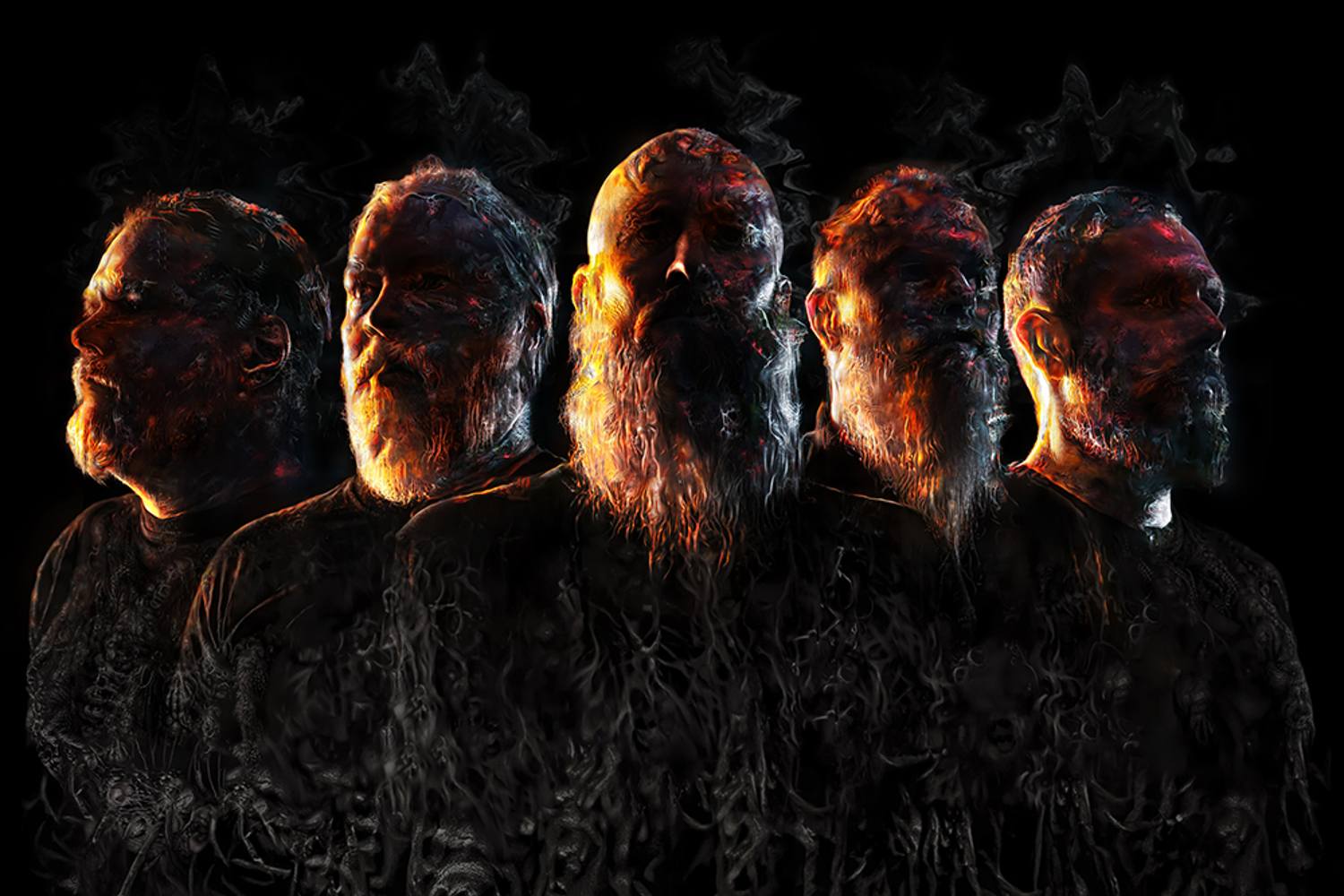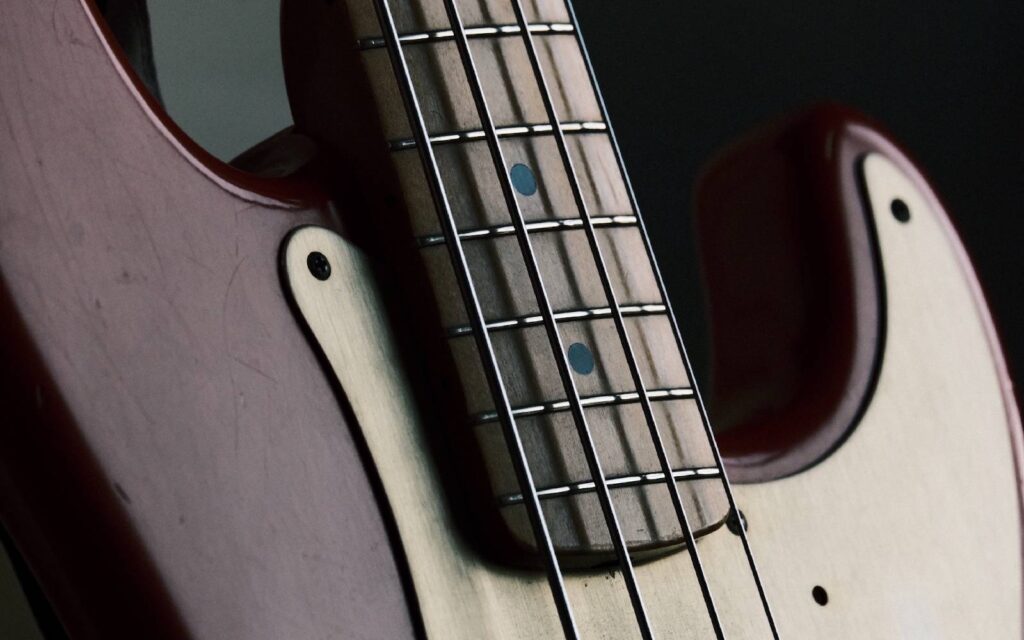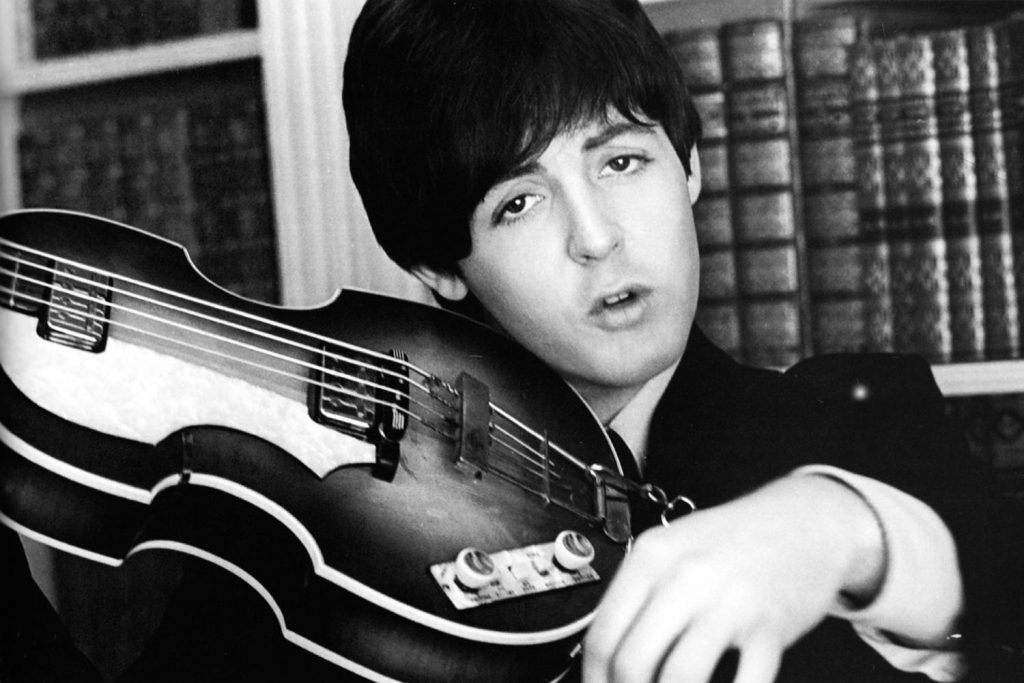Celebrating 10 years of their legendary album, obZen
No one does metal quite like the Swedes, and no one does it better than Meshuggah. Since their inception over 30 years ago, Meshuggah have been at the forefront of pushing sonic boundaries within the realm of metal, fusing elements of prog, thrash, jazz fusion and death metal to concoct their influential sound.
Read all the latest features, columns and more here.
To some, Meshuggah could be considered the founding fathers of Djent. we celebrated the outfit’s metal opus obZen by taking a look at the gear that’s powered one of the 21st century’s finest polyrhythmic djent abusers: the formidable Meshuggah.
Guitars
Ibanez M8M
If you’re looking for someone in particular to thank for the invention of the beautiful monstrosity that is the eight string guitar, look no further than Meshuggah and Ibanez. Prior to the recording of obZen, the band were looking to experiment futher with brutal, sludgy guitars and pounding rhythms, and began to hunt down the tools and software necessary to bring their ideas to light on record. Guitarists Fredrik Thordendal and Mårten Hagström collaborated with Ibanez to create the M80M, which later evolved into the prestigious Ibanez M8M.
Boasting an alder body and a five-piece maple/bubinga neck thru design, the M8M features a challenging 29.4″ scale to suit Meshuggah’s preferred tuning of Drop F. Other additions include an FX Edge III bridge and a custom designed Lundgren Model M8 humbucker, combining passive and ceramic elements for a uniquely brutal tone. It’s fair to say that Thordendal and Hagström are pioneers of the eight-string movement, and the influence of their playing and the Ibanez M8M can’t be overstated in a modern metal landscape.
Ibanez Stoneman
In addition to the Ibanez M8M, lead shredder Thordendal owns his own signature eight string – the 27″ Ibanez Stoneman. Based on his own design, the Stoneman is modelled on Thordendal’s favourite design aspects of the Fireman, Firebrand and Explorer guitars, as well as featuring the knob placement of a Flying V, and two Lundgren M8 pickups in the bridge and neck position, both with a coil split.
Thordendal owns two different Stoneman models (one featuring three Lundgren pickups instead of two), with both being made by Ibanez’s esteemed Los Angeles Custom Shop.
Bass
Warwick Dolphin Pro I
A longtime endorsee of Warwick instruments, Meshuggah bassist Dick Lövgren typically performed on a five string Dolphin Pro I around the recording of obZen. Playing with a pick and bass overdrive, Lövgren interestingly chose not to heavily detune his bass for the record, resulting in many of his parts being in the same register as Thordendal and Hagström’s guitar parts.
Lövgren also often tours with a stock model Warwick Stryker, which he uses for the brutal djent fest of ‘Bleed’.
Zon Guitars DLX5
Recently, Lövgren has been touring with a custom made Zon DLX5 five string bass, fitted with Aguilar pickups and tuned to Bb F Bb Eb Ab.
Amplifiers
Fortin Signature Meshuggah 50W Amplifier
For the band’s The Violent Sleep Of Reason Tour in 2016, Thordendal and Hagström commissioned Fortin Amplifiers to create a signature head capable of nailing the variety of extreme metal tones from their back catalogue. Limited to just 150 units worldwide, the Fortin Meshuggah Sig Amp provided 50 watts of brutal tube tone, using a variety of new and old stock parts to complete the specs of the head – you can find out more here.
Randall Ola Englund Satan 120W Signature Amplifier
Talking to Premier Guitar in 2016, the band’s guitar tech Kent Eriksson mentioned that both Thordendal and Hagström played through fellow Swedish shredder Ola Englund’s signature Randall Satan heads, which are used by both guitarists for their heavy chugging rhythm parts.
Fractal Audio Axe-FX II XL
A digital modeling amplifier commonly used in the world of metal, all three of Meshuggah’s guitarists use the Fractal Axe-FX system, typically for lead passages and solos, which sends the guitar and bass signal straight to the PA – no cab required.
Effects
With both of Meshuggah’s guitarists running Axe-FX for live performances, a traditional pedalboard isn’t really needed; however, the band still employ the use of stompboxes while holed up in the studio, with lead guitarist Thordendal endorsing the likes of the Pigtronix Philosopher’s King Compressor/Sustainer and Mothership Analogue Synthesiser pedals for recording.
Despite also using Axe-FX, bassist Lövgren uses a small handful of pedals to bolster the low end on a live stage. The bassist’s formidable bass tone comes through an Aguilar Tone Hammer Preamp, a Darkglass Electronics Vintage Deluxe and an Aguilar Agro overdrive.







